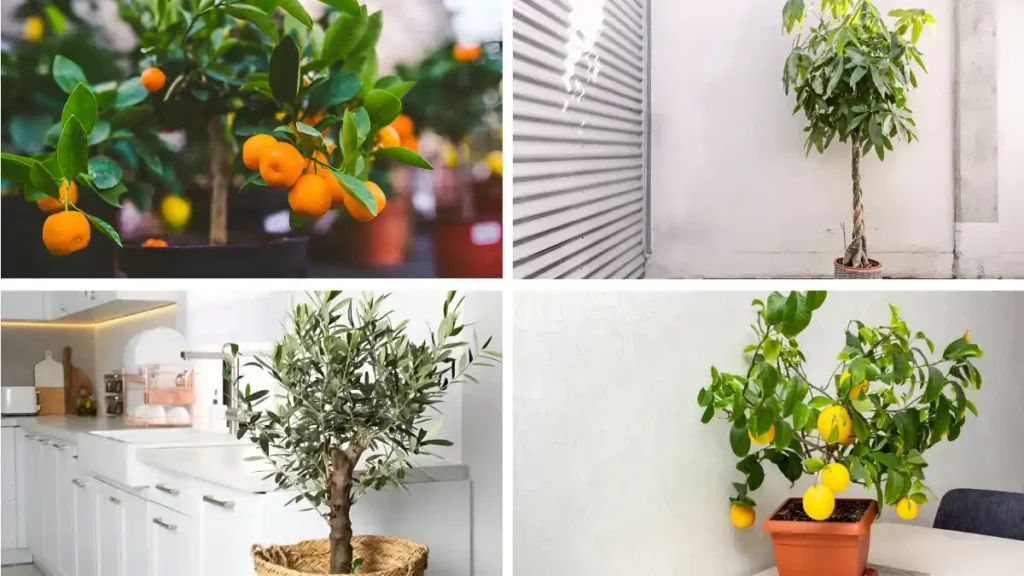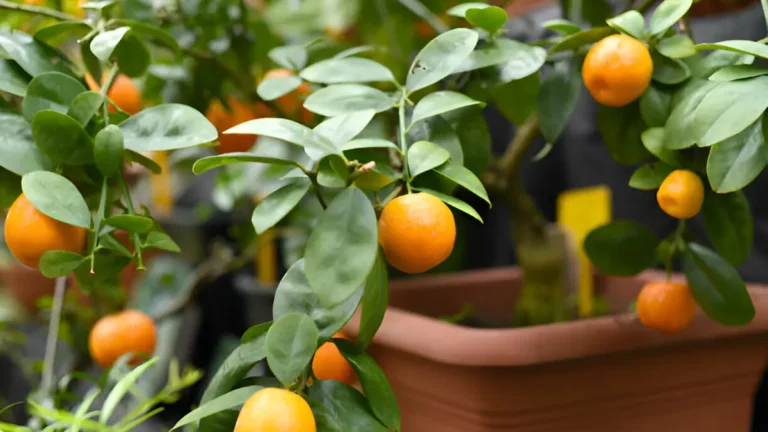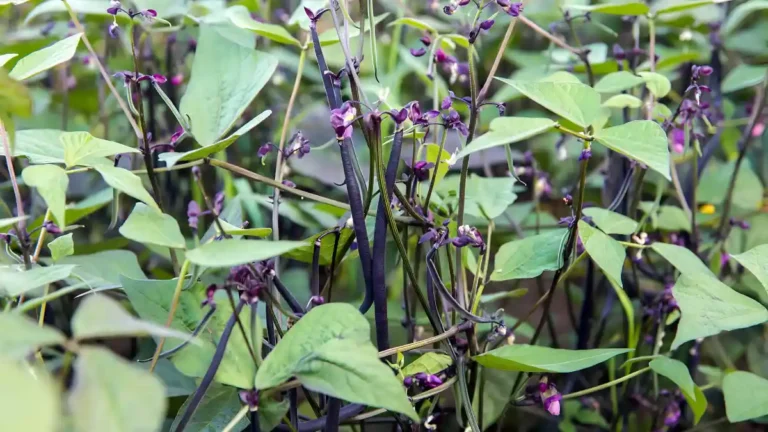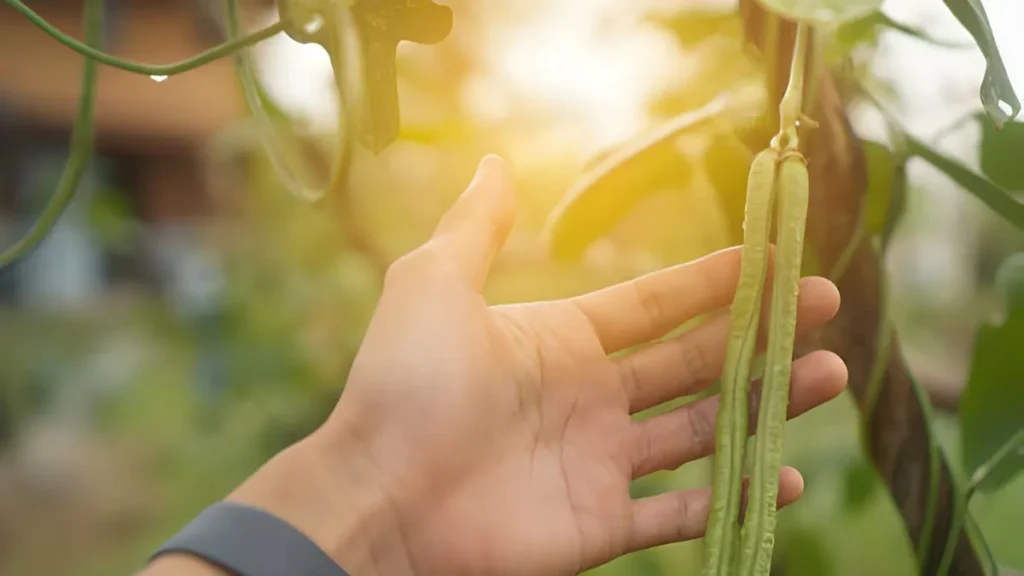Growing your indoor fruit tree is a unique and satisfying method to have fresh produce available all year round in your house. Fruit trees grown inside offer more than visual and culinary advantages. They also help to enhance indoor air quality by releasing oxygen and filtering out contaminants. In this article, we will talk about cultivating some of the best fruit trees inside.
Introducing the best fruit trees to grow indoors:
Fruit plants indoors add a natural element. Small, hardy, and tolerant of reduced indoor light levels are the usual characteristics of the best indoor fruit trees. We’ll discuss the kinds of plants that are suitable for indoor cultivation.
1. Indoor lemon tree:
Lemon trees are a popular choice for houseplants. A great choice is to grow an indoor lemon tree, which has aromatic blooms, dark leaves, and bright yellow fruit.
Growing & care
- A Meyer lemon requires around six hours of direct sunlight each day.
- It grows best in slightly damp, well-drained soil.
- During the growing season, fertilize once a month with a balanced mix and water when the top inch of soil feels dry.
- Pruning is crucial to keep your lemon trees short, as they can reach up to 8 feet in height.
2. Cultivate a guava tree indoors:
The guava tree is another excellent fruit tree to cultivate indoors. Even in the warmest hardiness zones, these trees thrive well outside, and they make excellent indoor plants as well.
Growing & care
- Utilize a potting mix that drains well and is high in organic materials. Sow seeds 1/2 inch deep into the ground, making sure the soil stays moist.
- Allow them to get at least 6-8 hours of direct sunlight daily.
- Every time the top inch of soil appears dry, water it. Winter growth slows down, thus watering should be reduced.
- During the growing season, fertilize the tree every four to six weeks with a balanced, water-soluble fertilizer. Trimming will help to keep the correct size and shape.
3. Cultivate avocado tree:
Indoor avocado trees require little maintenance; they usually start from seeds that can be planted in potting soil or sprout in water. Remember that the avocado plant is harmful to animals in all sections.
Growing & Care
- Choose a pot with holes for drainage that measures at least 10 inches in diameter. A rich, quick-draining potting soil mixture is desirable.
- Avocado plants need six to eight hours of direct sunlight per day to grow. If you want to see fruit on your tree, you will need to supplement the sunlight because it is not as direct indoors. This may be done with an artificial grow lamp.
- When the earth seems completely dry to the touch, water the plant. Sufficient drainage is crucial, and avocado plants should always be maintained damp but never drenched.
- Fertilize your avocado houseplant once a week to once a month during the growing season to maintain its deep green foliage.
- To promote bushier growth, prune your avocado tree. When the plant gets about 12 inches tall, pinch back the upper leaves to encourage lateral branching.

4. Consider planting dwarf fruit trees:
Dwarf fruit trees thrive in large containers, ideal for patios or balconies, provided proper drainage and premium potting mix. It could be essential to feed and hydrate them frequently.
Growing & Care
- Dwarf fruit trees require six to eight hours a day of direct sunlight.
- Keep the temperature between 18 and 24°C (65 and 75°F).
- As the tree’s growth slows down in the winter, irrigation should be reduced.
- Use a liquid fertilizer designed specifically for fruit trees or a slow-releasing, balanced fertilizer.
- In late winter or early spring, prune to preserve size and shape.
- Every two to three years or when the tree outgrows its pot, repot it.
5. Indoor olive tree:
The amount of sunlight available determines whether olive trees may be grown indoors. Therefore, you should be able to grow an olive tree indoors provided you have an appropriate location, such as a south-facing window.
Growing & Care
- A minimum of six hours of direct sunlight per day is needed for olive trees.
- A small amount of lime can be added because olive plants need slightly alkaline soil.
- Water the tree well, making sure that in between applications the top inch of soil dries out.
- Feed the tree once a month with a balanced slow-release houseplant fertilizer beginning in early spring and continuing through the summer. Fertilize the tree no more in the fall and no more in the winter when it is dormant.
- Eventually, an olive tree may become spindly. In spring, when new growth is just beginning, pruning promotes bushy growth.
Conclusion:
In conclusion, indoor fruit trees may be a fun and useful addition to any house, providing the advantages of both fresh produce and visual appeal. They may grow indoors with the correct circumstances and care, offering a different kind of gardening that is gratifying and pleasurable. You can keep the above-mentioned fruit trees at home by following the rules listed above. Additionally, by following the guidelines, you can heighten attention.
Certainly! If you’d like to learn more, please consider following our WhatsApp Channel: Harvest Gardening
A frequently asked questions:
Q1. How do I ensure that my indoor fruit trees produce fruit?
A1. Provide enough light, water, and humidity for your indoor fruit tree to produce fruit. Ensure adequate pollination and fertilize regularly with a slow-releasing, balanced fertilizer.
Q2. Which is the best fertilizer for fruit trees?
A2. Fruit tree fertilizers should be balanced with an N-P-K ratio of 10-10-10 or specialized with a ratio of 12-12-12, providing all necessary nutrients in equal amounts.
Q3. When to fertilize fruit trees?
A3. Fertilize fruit trees in the early spring before new growth begins, then again in the late spring or early summer if necessary. Avoid late summer to avoid damaging frost to newly formed vegetation.
Q4: Can fast growing fruit trees be grown in containers?
A4: Fruit trees can be grown in containers, but may require more frequent fertilization and watering. Ensure sufficient space for roots to grow.



